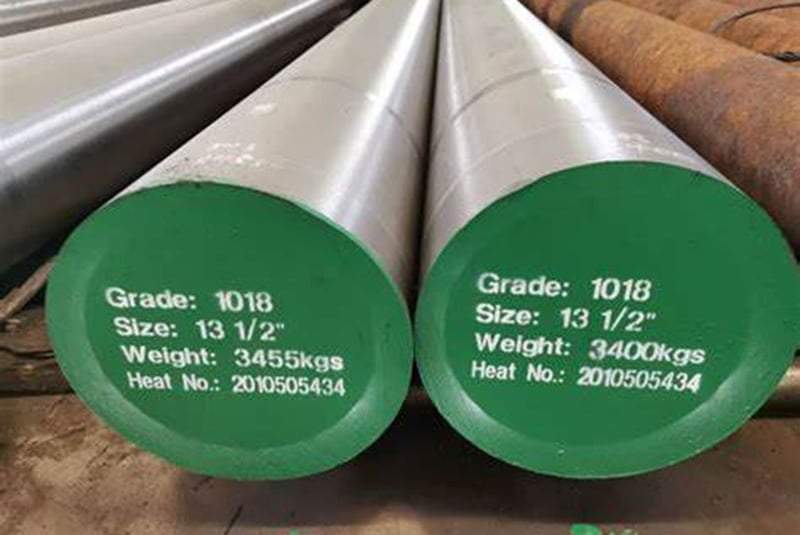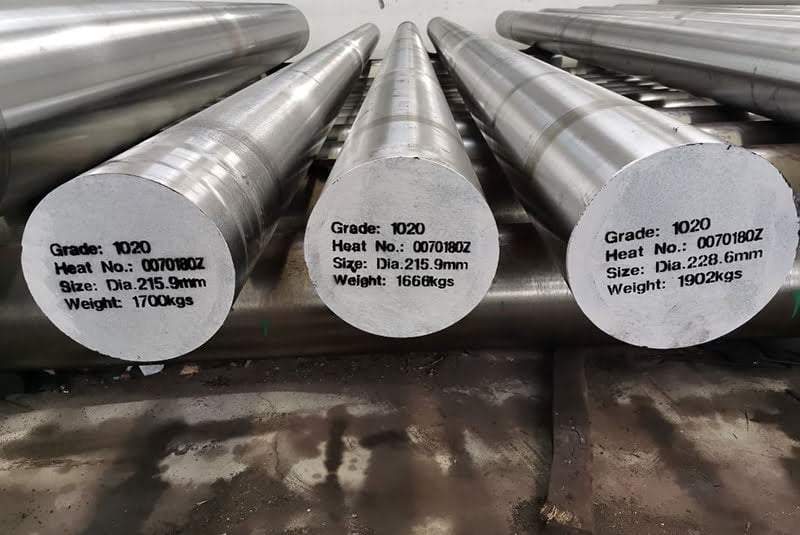Introduction
When embarking on a construction or manufacturing project, one of the crucial decisions you’ll face is selecting the appropriate type of steel. Mild steel and carbon steel are two of the most commonly used materials in various industries, each offering unique properties and benefits. This comprehensive guide aims to compare mild steel vs carbon steel, exploring their differences, applications, advantages, and disadvantages. By understanding these key factors, you can make an informed decision on which type of steel is best suited for your project.
Understanding Mild Steel and Carbon Steel

What is Mild Steel?
Mild steel, also known as low carbon steel, contains approximately 0.05% to 0.25% carbon by weight. It is widely used due to its affordability, ductility, and ease of fabrication. Mild steel is versatile and can be employed in a variety of applications, including construction, automotive, and machinery.
Key Properties of Mild Steel
- Low Carbon Content: Between 0.05% and 0.25% carbon.
- Ductility: Highly ductile, making it easy to form and weld.
- Tensile Strength: Moderate tensile strength suitable for many applications.
- Cost: Generally cheaper than higher carbon steels.
- Corrosion Resistance: Poor, often requires protective coatings.
What is Carbon Steel?
Carbon steel encompasses a range of steel types with varying carbon content. It can be classified into three main categories: low carbon steel, medium carbon steel, and high carbon steel. Each type has different properties and uses, influenced by the amount of carbon present.
Key Properties of Carbon Steel
- Variable Carbon Content: Ranges from 0.05% to over 2.0% carbon.
- Strength and Hardness: Increases with higher carbon content.
- Brittleness: Higher carbon content can make the steel more brittle.
- Cost: Generally higher than mild steel due to increased carbon content and processing requirements.
- Corrosion Resistance: Typically poor, similar to mild steel, requiring protective coatings.
Comparison of Mild Steel vs Carbon Steel
Mechanical Properties
One of the primary distinctions between mild steel and carbon steel is their mechanical properties, influenced by their carbon content.
Table: Comparison of Mechanical Properties
| Property | Mild Steel | Low Carbon Steel | Medium Carbon Steel | High Carbon Steel |
|---|---|---|---|---|
| Carbon Content | 0.05% – 0.25% | 0.05% – 0.3% | 0.3% – 0.6% | 0.6% – 2.0% |
| Tensile Strength | Moderate | Moderate | High | Very High |
| Ductility | High | High | Moderate | Low |
| Hardness | Low | Low | Moderate | High |
| Weldability | Excellent | Excellent | Good | Poor |
| Corrosion Resistance | Poor | Poor | Poor | Poor |
Applications
Both mild steel and carbon steel are used in a wide range of applications, but their specific properties make them more suitable for certain uses.
Mild Steel Applications
- Construction: Used in structural beams, pipes, and sheets.
- Automotive: Employed in car bodies and various automotive parts.
- Machinery: Utilized in the manufacturing of equipment and machinery components.
- Household Items: Commonly found in items like furniture, nails, and bolts.
Carbon Steel Applications
- Construction: Medium and high carbon steels are used in heavy-duty structures.
- Tooling: High carbon steel is used in the production of tools and blades.
- Manufacturing: Medium carbon steel is ideal for manufacturing automotive components, gears, and axles.
- Piping: Low carbon steel is used for pipelines and infrastructure.
Advantages and Disadvantages
Understanding the pros and cons of each type of steel is crucial for making an informed decision.
Advantages of Mild Steel
- Cost-Effective: More affordable compared to carbon steel.
- Easy to Work With: Highly ductile and weldable.
- Versatile: Suitable for a wide range of applications.
Disadvantages of Mild Steel
- Lower Strength: Not as strong as higher carbon steels.
- Poor Corrosion Resistance: Requires protective coatings to prevent rust.
- Less Hardness: Not suitable for high-wear applications.
Advantages of Carbon Steel
- High Strength: Offers greater tensile strength, especially with higher carbon content.
- Durability: More durable for heavy-duty applications.
- Variety: Available in different grades to suit specific needs.
Disadvantages of Carbon Steel
- Higher Cost: Generally more expensive than mild steel.
- Brittleness: High carbon content can make the steel brittle.
- Difficult to Weld: Higher carbon steels are harder to weld.
Choosing the Right Steel for Your Project: Mild Steel Vs Carbon Steel

Factors to Consider
When deciding between mild steel vs carbon steel, consider the following factors:
Application Requirements: Determine the specific needs of your project, such as strength, ductility, and wear resistance.
Budget: Consider the cost implications of using each type of steel.
Environmental Conditions: Assess the exposure to corrosive environments and the need for protective coatings.
Fabrication Processes: Evaluate the ease of welding, forming, and machining the steel.
Practical Tips
- Consult with Experts: Seek advice from material engineers or suppliers to choose the best steel for your project.
- Test Samples: If possible, test samples of both mild and carbon steel in your application to determine performance.
- Consider Longevity: Factor in the long-term durability and maintenance requirements of the steel.
Conclusion: Mild Steel Vs Carbon Steel
Selecting the right type of steel is crucial for the success of your construction or manufacturing project. Mild steel and carbon steel each offer unique benefits and drawbacks that make them suitable for different applications. By understanding the differences between mild steel vs carbon steel, you can make an informed decision that aligns with your project’s requirements, budget, and environmental conditions. Whether you need the affordability and versatility of mild steel or the strength and durability of carbon steel, choosing the right material will ensure the best results for your project.
FAQ
What is the main difference between mild steel and carbon steel?
The main difference lies in the carbon content. Mild steel has a low carbon content (0.05% – 0.25%), making it more ductile and easier to weld, while carbon steel has a higher carbon content (up to 2.0%), which increases its strength and hardness but reduces its ductility.
Which is more cost-effective: mild steel or carbon steel?
Mild steel is generally more cost-effective due to its lower carbon content and simpler manufacturing process. Carbon steel, especially high carbon steel, tends to be more expensive due to its increased strength and durability.
Can mild steel be used in place of carbon steel?
It depends on the application. Mild steel can be used in many applications where high strength is not critical. However, for applications requiring high strength, wear resistance, or durability, carbon steel is the better choice.
How do environmental conditions affect the choice between mild steel and carbon steel?
Both mild steel and carbon steel have poor corrosion resistance and typically require protective coatings in corrosive environments. However, carbon steel’s increased strength may be beneficial in harsh conditions requiring durable materials.
Is carbon steel harder to weld than mild steel?
Yes, carbon steel, particularly high carbon steel, is harder to weld than mild steel. The higher carbon content makes it more prone to cracking and requires careful control of the welding process.
